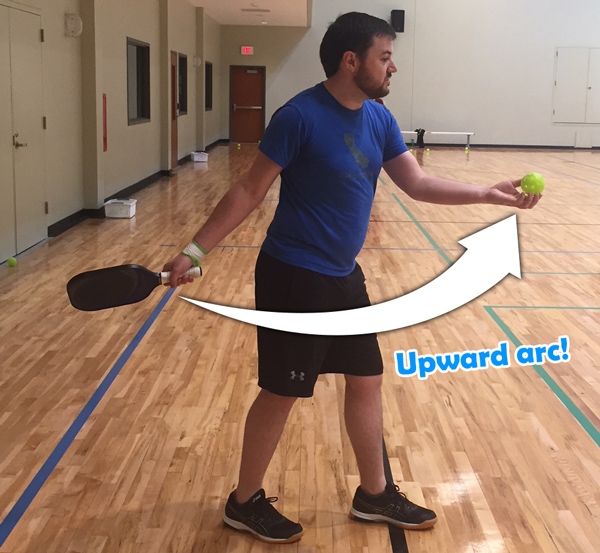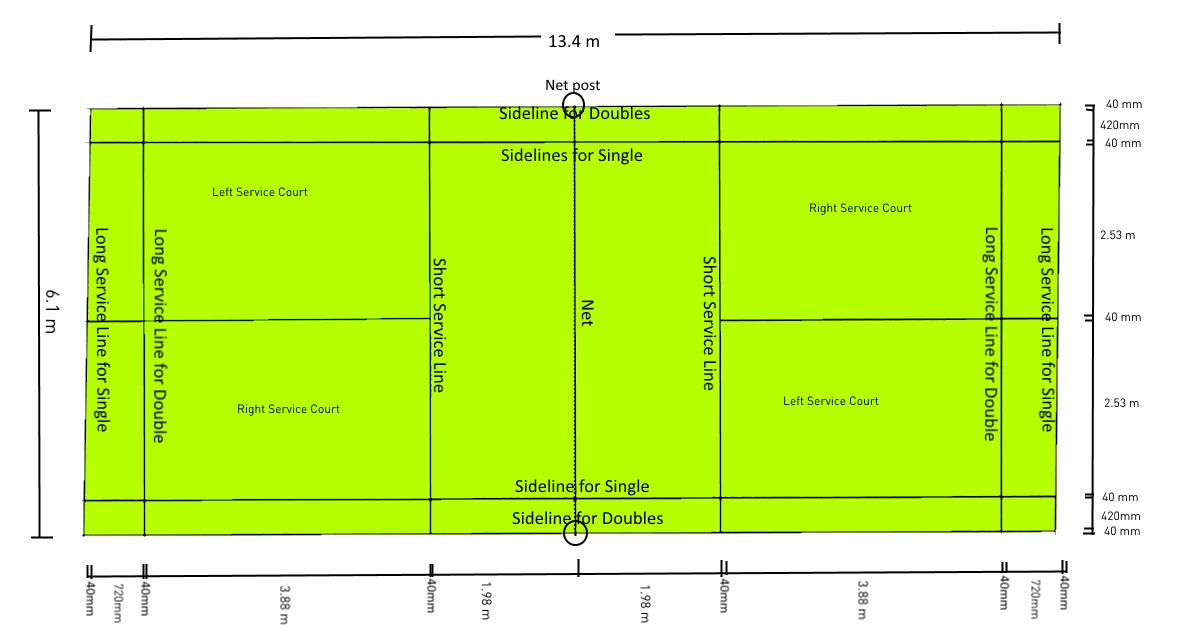
Squash is one of the most popular and nutritious vegetables in America. It's an autumn staple that has a range of different flavors and textures. This delicious side dish can be roasted, baked or cooked.
Squash is available all year long! It is high in fiber, potassium and vitamin. And if you eat it at least 3 times a week, it can help keep your blood pressure down!
Spaghetti Squash can be a wonderful addition to winter meals. You can use it as a pasta substitute, and its creamy texture works well in soups and casseroles.
There are many ways to prepare spaghetti squash, but the most traditional is to roast it. Roast the spaghetti squash until it is tender. You can remove the seeds and cut it in half. Cooking takes about 45 minutes. You can then serve it with all your favorite ingredients to make a delicious dinner.
The butternut squash can also be baked or roasted. It is a great choice for soups or stews. But it also tastes wonderful when mashed with potato. You can sneak in some extra vegetables with this recipe!

Acorn Squash is another winter squash that can be enjoyed all year long. It can be roasted, baked, or steamed. It is a good source for fiber, vitamins C and A, and magnesium.
It's also an excellent source of potassium and copper. This is a great choice for diabetics.
There are several different types of squash, but the most common is pumpkin. It comes in various sizes and colours. The Cucurbitaceae is a family of plants that can be found all over the globe in warm climates.
The skin on pumpkins is typically thin, smooth, without any ridges. Peel it using a vegetable peeler, or a sharp knife.
You can also peel squash by hand, but it can be tricky to do so. Try using a vegetable peeler before you do anything else to make sure that it is safe.
You can also roast it without peeling, and then uniformly chop the skin before you serve. This is a convenient and easy way to cook it if it's going to be a side.

Acorn Squash is an excellent source of protein, fiber, and potassium. It is also a good food source of iron and calcium.
It is also a great source of Omega-3 fatty acids, and it's low in calories. This is a great choice for those with high cholesterol or diabetes.
It's also an excellent source of vitamins A and C, fiber, manganese, thiamin, and copper. It contains all 9 essential amino acids and is a great source of phosphorus. It's also a great source of potassium and magnesium.
FAQ
Are there any exercises I shouldn't do?
Before beginning any new workout program, consult your doctor. Some people have injuries or medical conditions that prevent them from doing certain types of exercise. You may also need special equipment or training for certain activities. Swimming, for example requires a swimming suit and access to the water.
What effects does caffeine have on my sleep patterns?
Caffeine has a significant impact on how fast you fall asleep and how deep you sleep. Caffeine induces drowsiness which makes it easier to fall asleep. Caffeine keeps you awake for longer periods of time, making it difficult to fall asleep again. If you drink coffee or energy drinks right before bedtime, try drinking them later in the evening instead.
Do I gain weight from exercising?
Not at all. You can even maintain your weight by exercising. Training regularly can help you build muscles, increase your metabolism, and burn more calories. This means your body won’t store as much weight.
What Are Cardio Exercises?
Cardiovascular exercises require your heart and lungs work harder than usual. Swimming, cycling, rowing, and jogging are all examples. These activities increase metabolism and burn fat. They also strengthen your heart and lungs, which makes them great ways to stay fit.
Statistics
- Globally, 28% of adults aged 18 and over were not active enough in 2016 (men 23% and women 32%). (who.int)
- In high-income countries, 26% of men and 35% of women were insufficiently physically active, as compared to 12% of men and 24% of women in low-income countries. (who.int)
- According to the Centers for Disease Control and Prevention, chronic diseases cause 7 out of 10 deaths in the U.S., and treating chronic diseases accounts for 86% of U.S. healthcare costs. (mana.md)
- Adolescent girls were less active than adolescent boys, with 85% vs. 78% not meeting WHO recommendations of at least 60 minutes of moderate to vigorous intensity physical activity per day. (who.int)
External Links
How To
How to motivate you to exercise regularly
A fitness routine is a series of exercises that are performed over a specified time period. It helps people build muscle mass and tone their bodies. Regular physical activity can improve cardiovascular health and lower blood pressure, cholesterol levels and risk of heart attack and stroke. It also reduces anxiety, stress, depression, stress, obesity and other diseases. Exercise provides psychological benefits like self-esteem and confidence, mood, energy levels, sleep quality, and social interaction.
Why not follow your own workouts?
A fitness program is a great way to lose weight, improve health, and stay fit. But why would you want to follow one? Let's find the answer!
What does it really mean to exercise?
It is a form of physical activity that involves running, biking, swimming or other forms of martial arts at least 3 times per week. You don't need to do this for hours. 30 minutes of exercise can be enough to burn calories while keeping you healthy. You must stick to your plan. Don't be discouraged if you don't make it through a certain day. You can always start over the next time.
How much time do I need to dedicate to my fitness routine?
The amount of time depends on how busy you are. For moderate exercise, it takes 20-30 minutes. Start slowly by exercising for five to ten minutes first if you're just starting out. After you get used to it, gradually increase the duration.